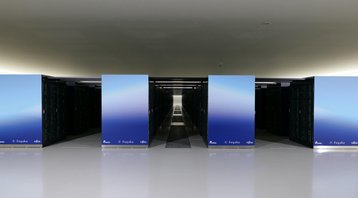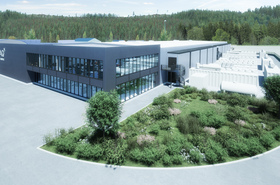The latest edition of the Top500 list of the world's fastest supercomputers saw little change, with the Fugaku system retaining the top spot.
But while Fugaku is the world's most powerful public supercomputer, at 442 petaflops, China is believed to secretly operate two exascale (1,000 petaflops) supercomputers, which were launched earlier this year.
The top 10 list did not change much since the last report six months ago, with only one new addition - a Microsoft Azure system called Voyager-EUS2.
Voyager, featuring AMD Epyc CPUs and Nvidia A100 GPUs, achieved 30.05 petaflops, making it the tenth most powerful supercomputer in the world.
The other systems remained in the same position - after Japan's Arm-based Fugaku comes the US Summit system, an IBM Power and Nvidia GPU supercomputer capable of 148 petaflops. The similarly-architected 94 petaflops US Sierra system is next.
Then comes what is officially China's most powerful supercomputer, the 93 petaflops Sunway TaihuLight, which features Sunway chips. The Biden administration sanctioned the company earlier this year.
At number five is the US Perlmutter supercomputer, which marginally improved its performance over the last ranking, jumping to 70.8 petaflops with its AMD Epyc and Nvidia A100 combination.
Nvidia's very own Selene system is next, at 63.4 petaflops. China is seventh, with the Intel Xeon and Matrix-2000 Tianhe-2A capable of 61.4 petaflops.
The next system is Europe's first entry in the list, the JUWELS Booster Module in Germany. Another AMD-Nvidia machine, it reached 44.1 petaflops. Another European system is next, this time for oil giant Eni. The HPC5 reached 35.4 petaflops.
Rounding out the top 10 is the Azure system, located at Azure East US 2. Its customer is not disclosed.
The US is soon set to launch its own exascale system - one that it has called the first exascale supercomputer in the world. At 1.5 exaflops (likely 1.3 sustained performance), Frontier will become the new world's most powerful supercomputer. Work is currently underway installing the 29MW system. It will soon be joined in the US by the oft-delayed 2 exaflops Aurora supercomputer, and in 2023 by the 2+ exaflops El Capitan system.




